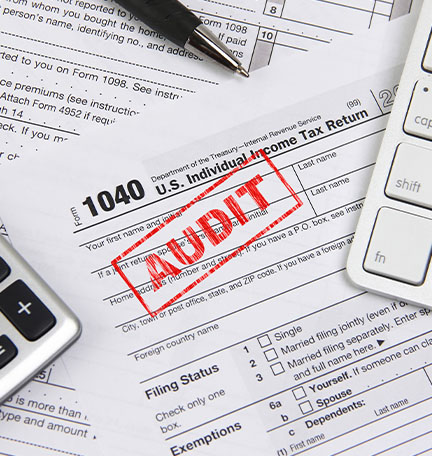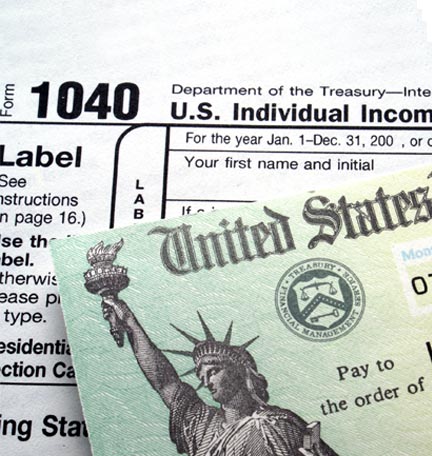You’re feeling great because you saw a big return on your investments. But before you start spending your gains, here’s how you can plan for any taxes you may owe on the money you made.
Before you start spending that gain, plan for the taxes you’ll need to pay on the money you’ve made.
How Capital Gains Are Taxed
Any time you sell a capital asset — such as a stock, bond, or piece of real estate — for more than you paid for it, you have a capital gain. Capital gain is income, and tax law requires you to report these earnings to the IRS and pay the appropriate capital gains tax.
The capital gains tax rate you pay may be lower than the tax rate you pay on ordinary income. Keep in mind: The rules are different for capital gains in tax-advantaged accounts, such as retirement accounts.
Short-Term vs. Long-Term Capital Gains
There are two types of capital gains: short term and long term. Short-term capital gains are earnings made on assets held for one year or less. Long-term capital gains are earnings from assets held for longer than one year. In addition, property that you inherited is always long term.
Long-term capital gains carry a lower tax burden than short term. To reduce your capital gains tax burden, consider holding your assets for longer than one year. Keep in mind that doing this means your investment could potentially lose money, offsetting any potential tax savings.
If the property sold is your home, you may be able to exclude some or all of the gain if you’ve owned and lived in the house for long enough. Examine the financial consequences of holding assets for longer than originally planned, as some may lose value. This depreciation may offset any potential benefit of a lower capital gains tax rate.
Take Advantage of Losses
Capital losses are the opposite of capital gains: You lose money on the sale of your assets. If your capital losses exceed your capital gains, you may qualify for a tax deduction. Keep in mind, however, that personal losses are not deductible. Investment losses are deductible but are limited to a certain amount per year. If you have an investment loss that exceeds the limit, it can be carried over to the next year.
If you’re facing a high capital gains tax bill and possess other investment assets that have lost value and are unlikely to recover that value over time, you might consider selling those assets at a loss. That’s because a net capital loss (or a reduced net capital gain) could lower your capital gains tax bill. While the IRS places a limit on the size of the deduction, you may be able to carry over losses that exceed the limit to following years. Speak with your tax professional and wealth advisor to discuss your options.
Get Philanthropic
Charitable donations of long-term capital assets may also decrease your capital gains tax burden. For example, donating stock that has gained value over time — rather than cashing out and donating the equivalent amount — can reduce your tax burden. Donating the appreciated assets means you haven’t realized any capital gains and can avoid paying a capital gains tax. You may also be able take a tax deduction for some or all of the value of the donation, depending on the type of property and what the charity does with it.
To make the most of your smart investment, take a big picture view of your portfolio and tax liabilities before you decide to cash in. Your tax professional can help you understand your earnings and make the right call. Review these tips for reducing your capital gains tax burden and visit the Regions Tax Center to learn more.











